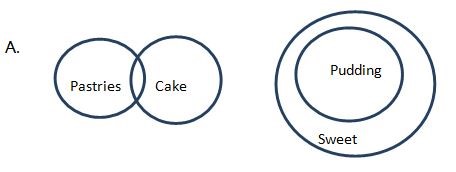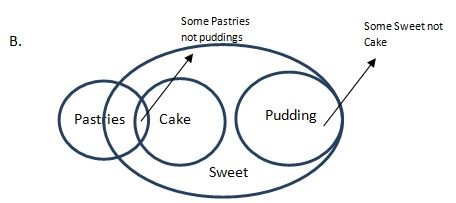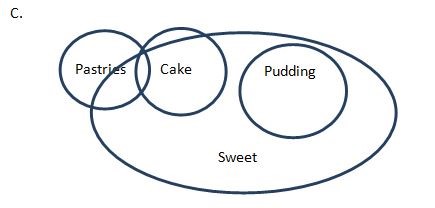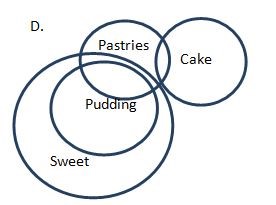Start learning 50% faster. Sign in now
No cake is a pudding (E) + All puddings are sweets (A) ⇒ some sweets are not cakes (O*). Hence, conclusion I will follow. Some pastries are cakes (I) + No cake is a pudding (E) ⇒ some pastries are not puddings (O). Hence, conclusion II will also follow. ALTERNATE METHOD: Possible cases: 


 In all the cases, I and II both follow.
In all the cases, I and II both follow.
The substance which causes a definite change in genes is called ................?
As per the classification of International Society of Soil Science, the silt particles comes in (diameters in mm)
The book ‘Crop Nutrition – Principles and Practices’ was written by ____
Which gases contribute primarily to the formation of acid rain?
Which one of the following is the resultant of a thin cloud of varying size found on the surface of the earth by condensation of atmospheric vapour?
Aflatoxin is a disease afflicted in the seeds of:
Tea plant in natural growing condition can be termed as which of the following:
What will be the base period of crop if duty of water is 1200 ha/cumec and depth of water is 50cm?
Cider is prepared from
Irrigation requirement of 90 days duration maize variety is 50 cm. How much area can be irrigated with a flow rate of 20 litre per second for 8 hours in...